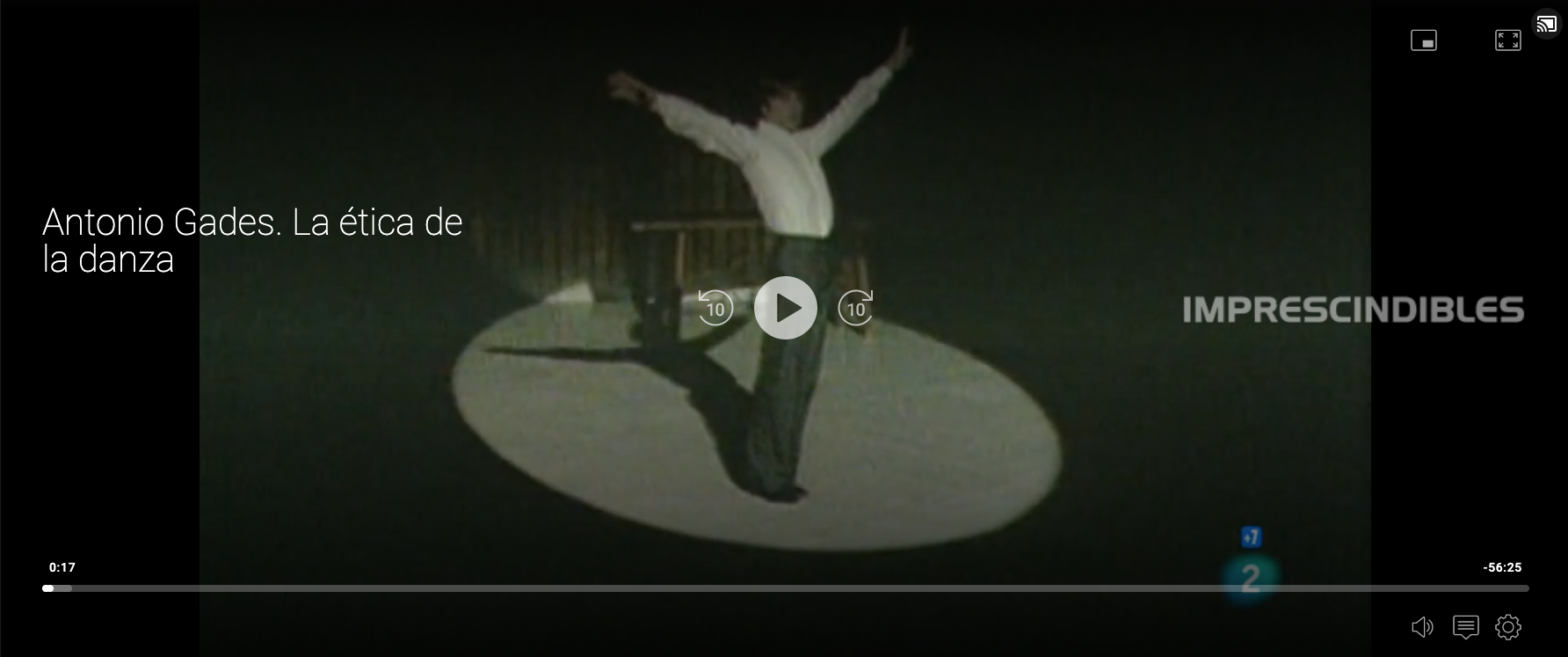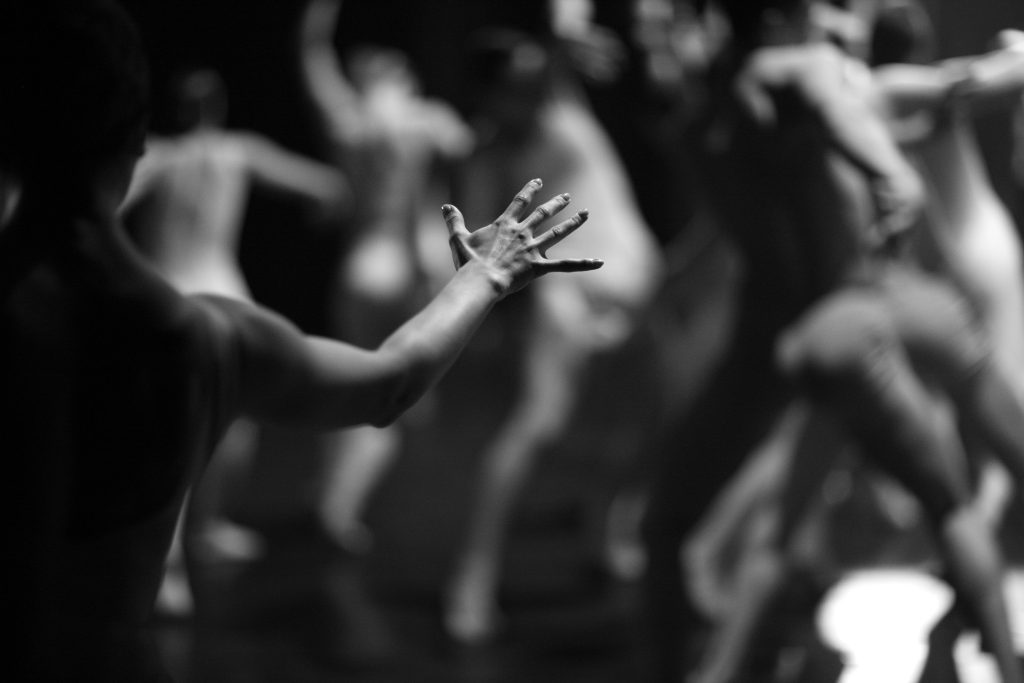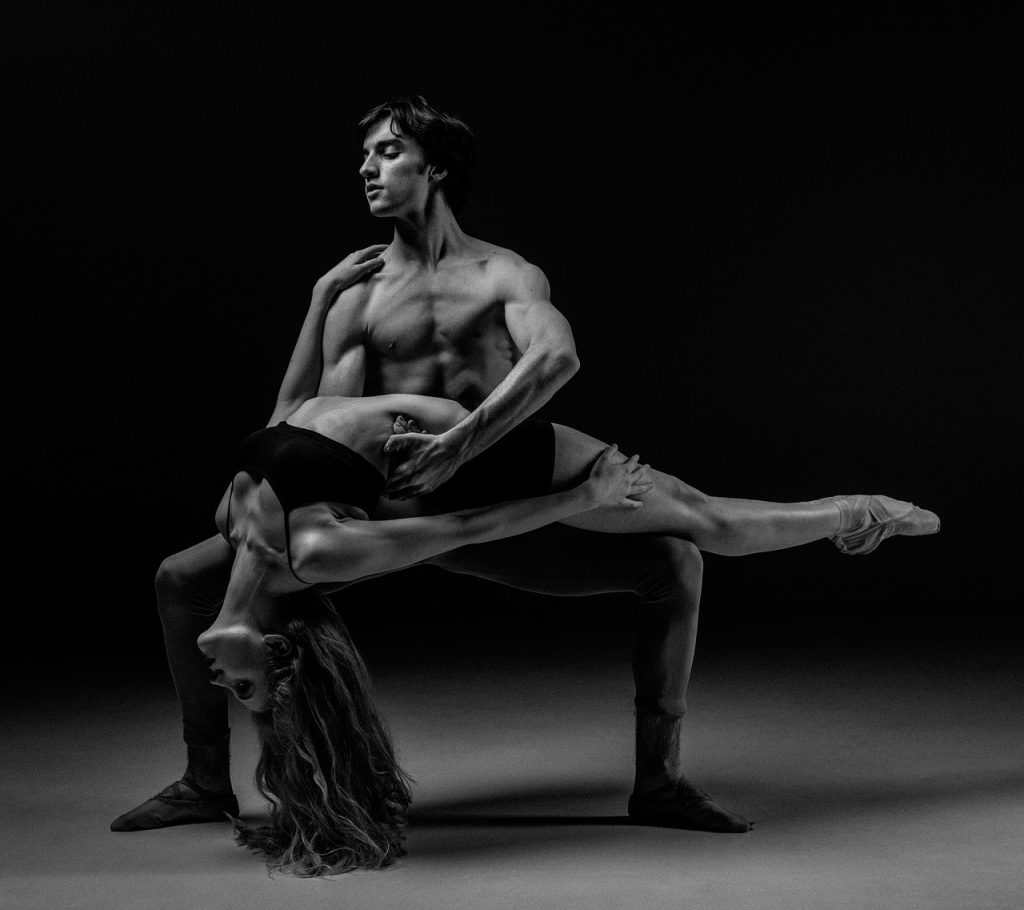“The zapateado is not percussion, it is the continuation of a feeling.”
Antonio Gades
“Pictures” Canal Andalucia (TV)
We share here excerpts from his interviews, documentaries or those published by the Antonio Gades Foundation.
In the words of his friend, the great writer, poet and flamencologist José Caballero Bonald, “for Antonio anyone who had no ethics was not worth it, he was an unworthy man.”
We understand that the best kept secrets are mainly related apart from his qualities as a dancer, his philosophy, work approach and ethical view of dance.
They are then reflected here, in his own words, as one of the ethical references of work in Pasoatres.
“I believe that the great luck of the human being is to find good teachers.” Gades recognized in Pilar López the teacher from whom he learned the ethics of dance, which consists of doing the dance as it is and not looking for easy applause.
Doing things without cheating, without prostituting them, doing a decent job without thinking about the result, that is, do not favor the easy, the bombastic so that they applaud you a lot.
[…] Gades did not believe in virtuosity, nor did he believe that by standing in front of a mirror, doing beautiful things, he was already making art.
Do things without cheating, without prostituting them. do a decent job without thinking about the result, that is, do not favor the easy, the bombastic so that you will be applauded a lot.
In his shows the applause was cut off, the works were not conceived looking for moments to ask for the applause.
His conviction reached the point of affirming that the greatest success for him would be to finish a flamenco dance and for the audience to remain without applauding, to get up and finish with the same respect that is seen in the interior of a cathedral.
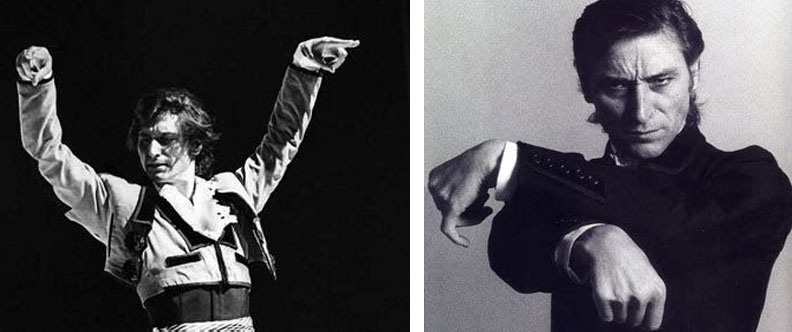
[…] For Gades his teacher was Pilar López. “He taught me not to look for easy applause, to do things within, absorbing joy, pain, light, wind, suffering it. For me, Pilar was everything. Artistically I am her son; as a teacher I think I am not her. there was nor is there better for a Spanish artist. ”
Gades did not believe in virtuosity, nor did he believe that by standing in front of a mirror, doing beautiful things, he was already making art.
The most remarkable characteristic of his role as a dancer and which he also made one of his aesthetic principles, is defined in these words: as you mature, you eliminate the excess elements, with one gesture you can be more expressive and say much more than with twenty pirouettes . The flamenco that I dance is something painful and dramatic, introverted, dry as the barren land.
As you mature, you eliminate the excess elements, with one gesture you can be more expressive than with twenty pirouettes.
And that is why he thought that the steps, the techniques, should not simply be taught, but that the dance had to be humanized.
As for the excesses of dance in Spain, he used to say that those who stomp a lot, who do a lot with their arms, don’t have much to say.
He always said that one thing is to stomp and the other to trample the ground. From his words it can be deduced that even then he was hitting too much: the tapping is not percussion, it is the prolongation of a feeling, the earth cannot be trampled on, if we trample the earth, it gives nothing, neither sounds nor wheat. ”
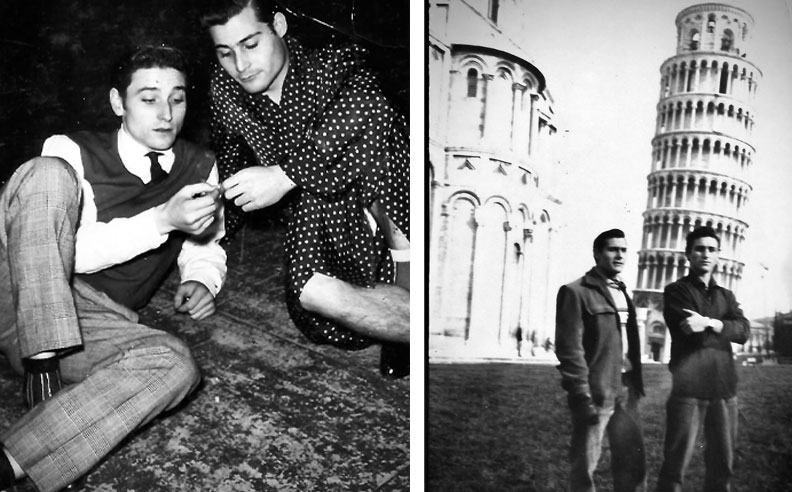
Antonio Gades with his guitarist Daniel Moya until 1972.



